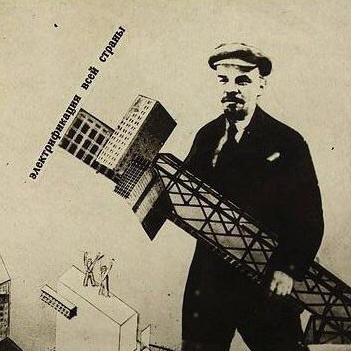cross-posted from: https://lemmygrad.ml/post/5504533
I’m confused
So far, I’ve heard that accumulation, technological advancement, and thus concentration of capital from the previous capitalist economy would leave its print on the later modern socialist economies
But other than that, I’ve realized I’ve never looked much into what distinguishes AES’s economic management, mainly of state-owned enterprises, from capitalist economy’s management, in concrete policy
I can understand co-operatives, but such orgs don’t necessarily make up socialism, as you guys would say
to Libs
If you gimme a deeply unserious answer, I will fuck your father
Regarding the former USSR, I know I’ve read an effortpost on hexbear a few years ago about Soviet economics during the Stalin era and how they used MMT-ish techniques to industrialize incredibly quickly. A part of that is due to a separate currency used only between industries. I think the comment has since been deleted, unfortunately. I’m not qualified on this subject, but here’s the book if you want more.
Growth Crystal: To the Russian Economic Miracle
In the history of Russia, different economic models have been implemented with different results. And only in the middle of the 20th century - in 1929-1955, a world economic record was set, which has not yet been surpassed in any country in the world. Despite external sanctions and the bloodiest war in world history, our country’s economy grew at an accelerated pace.
What solutions were used to achieve this and are they relevant for practical use today?
You will find answers to these questions on this site. Here you can find an electronic version of the first edition of the book of the same name, primary sources, archival documents, including previously classified documents.
https://crystalbook.ru/wp-content/uploads/2021/05/growth-crystal-ENG.pdf
Huh, I think that somewhat scratches my mark, from what I’m skimming a bit of… thanks for the response


